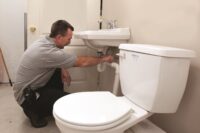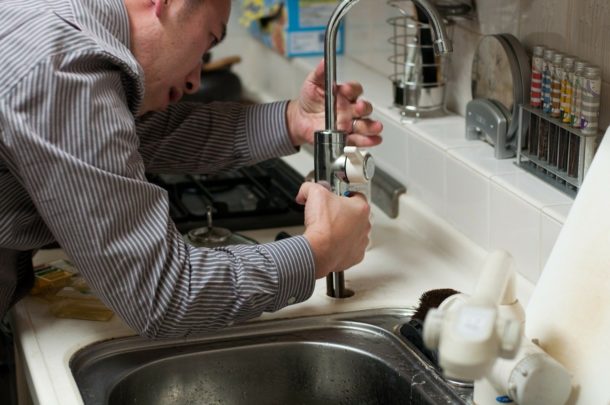As concerns about the environment continue to grow, increasing numbers of people are actively seeking ways to minimize their consumption of the Earth’s natural resources, and reduce waste. When it comes to adopting a more eco-friendly stance, one of the most impactful ways individuals can make positive changes is around the home. In this article Read more
Eco-Friendly Home

As concerns about the environment continue to grow, increasing numbers of people are actively seeking ways to minimize their consumption of the Earth’s natural resources, and reduce waste. When it comes to adopting a more eco-friendly stance, one of the most impactful ways individuals can make positive changes is around the home. In this article, we will explore some green plumbing solutions that can help you reduce your carbon footprint and contribute towards a more sustainable future.

Install Water-Saving Fixtures
According to the Environmental Protection Agency (EPA), the average American household uses over 300 gallons of water per day, primarily due to bathroom and kitchen activities. By installing water-saving fixtures in these areas households can not only reduce their water consumption but can also significantly lower their bill.
Water-saving fixtures include low-flow shower heads and faucets that are designed to have a lower flow rate of water, while still offering ideal water pressure levels. There are also various types of toilets available that can help conserve water. These include:
- Dual-flush toilets: These toilets have two flush buttons. One is a short flush for liquid waste and the other a larger flush for solid waste.
- Low-flow toilets: These toilets are designed to use significantly less water than standard toilets. They typically use 6 gallons of water per flush compared to seven gallons per flush.
- Toilet Tank Bank: This is an inexpensive water-saving device that is placed in the toilet tank. It ensures the tank doesn’t need as much water to refill to its normal level after flushing, conserving up to two liters of water with each flush.
For further guidance on which products to choose, talk to a licensed and insured plumber who can advise you on the most suitable options for your home.
Insulate Hot Water Pipes
Poor pipe insulation can result in the loss of heat from your hot water pipes. This can cause the water to cool down as it travels from the water heater to your faucet or shower, which can lead to running the tap longer as you wait for the hot water to arrive.
To avoid this water wastage it’s important to insulate your pipes, especially in colder areas like the attic and along exterior walls. Ideal coverings include pipe sleeves, foam coverings, or pipe wrap. By doing so, you will not only conserve water but also energy as your water heater will not have to work so hard to maintain the desired water temperature.
Fix Leaks Fast
The average American family can waste 180 gallons of water per week, or 9,400 gallons per year, from household leaks. This is equivalent to the water required to wash 300 loads of laundry.
As one of the main contributors of household water waste, it is important to attend to any leaks within your plumbing system and around the house fast. To avoid the unnecessary waste of water, as well as money, it is advisable to regularly inspect your faucets, taps, pipes, shower, toilet and other plumbing fixtures for leaks. This can be made easier with the help of tools such as smart water leak detectors.
Follow these tips to ensure your home is as eco-friendly from a plumbing perspective as possible.
